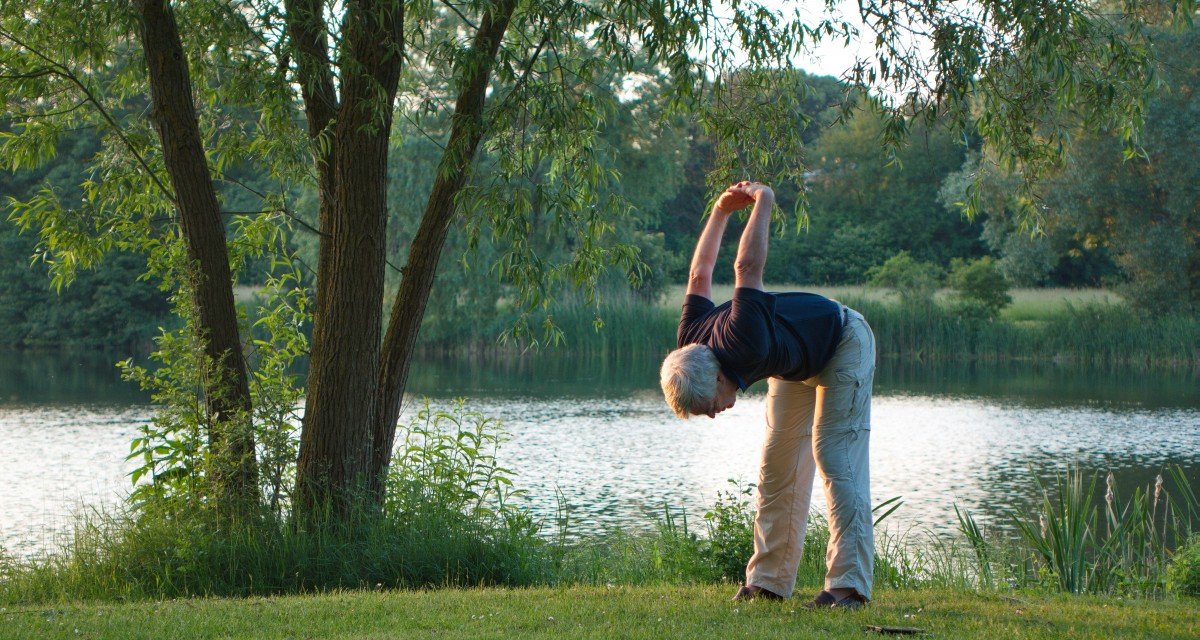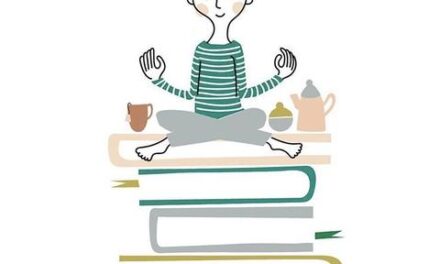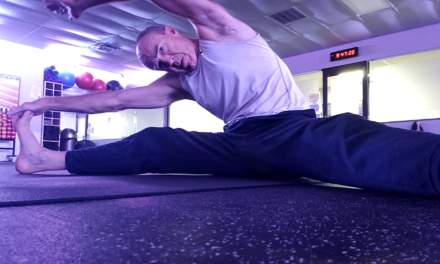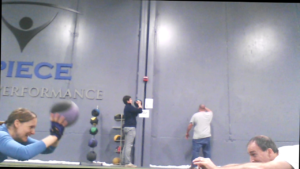By Harry Cline, book author and creator of NewCaregiver.org
Both yoga and meditation are several centuries old and have been a core part of certain Eastern cultures for a long time. Only recently have they become mainstream in the West, as well—which explains why the practices now seem to be everywhere.
People of all ages and backgrounds are discovering the health benefits of yoga and meditation, including seniors. This is great news, as yoga and meditation are both particularly suited for older adults. Caregivers everywhere should be thinking of introducing these habits to their senior loved ones. Here is all the information you need to do that.
The Link Between Yoga and Mediation
Both practices have their origins in Hinduism. Broadly speaking, the purpose of meditation is to achieve a sense of clarity by distancing yourself from the “thinking” mind. In many religions, this is a way to achieve enlightenment or some other form of spiritual connection. Nowadays, it is increasingly used as a stress-management tool.
Yoga was originally designed as a form of meditation, using slow and repetitive movement, combined with controlled breathing, to clear the mind for spiritual practice. It only became popular as a form of exercise in the 1980s, and it has developed since. There are various forms of yoga, some of which are more geared toward meditation, and others closer to a workout.
Yoga for Seniors
Yoga is an excellent form of exercise for seniors precisely because it is so adaptable. There is no one right or wrong way of doing yoga, so seniors can adjust their practice to be as gentle or demanding as they want.
The benefits of yoga for seniors are extensive. Most yoga includes elements of strength, balance, and flexibility—all of which are important areas to work on. It can also help seniors sleep better, reduce blood pressure, and provide pain relief for aches.
Meditation for Seniors
Regular meditation has been shown to have various cognitive benefits, including improving memory and reducing cognitive decline due to old age. It is also great for mental health and can help seniors manage feelings of stress, anxiety, and depression.
There are various types of meditation available, all of which have their own unique benefits and advantages. As a general rule, a guided meditation session will involve sitting still as a voice directs your thoughts and breath, with the purpose of achieving a feeling of ease and relaxation.
How Can Seniors Get Involved?
Yoga and meditation are accessible to everyone, and it’s very easy for seniors to start their practice. Most beginners prefer to start at home, especially if they are feeling nervous or self-conscious about their yoga abilities. Free online yoga classes are easily found on YouTube; this slow and gentle routine for seniors by popular channel Yoga With Adriene is a great place to start. For meditation, using a guided meditation app is the easiest way to get started.
One of the most convenient and effective ways for seniors to begin—and maintain—a yoga and meditation practice is to, literally, make room for it. You can create a great at-home meditation and yoga studio by repurposing an underused dining room or spare bedroom. Simply move the furniture to create enough space for a yoga mat, and decorate it however you like to create a soothing atmosphere.
There are many reasons why caregivers look to incorporate yoga and meditation into a senior’s life. Both are wonderful habits to cultivate for physical and mental health, especially when practiced together. Furthermore, caregivers can join in and accompany seniors in their sessions, thus benefiting from the stress-busting benefits of yoga and meditation for themselves.








